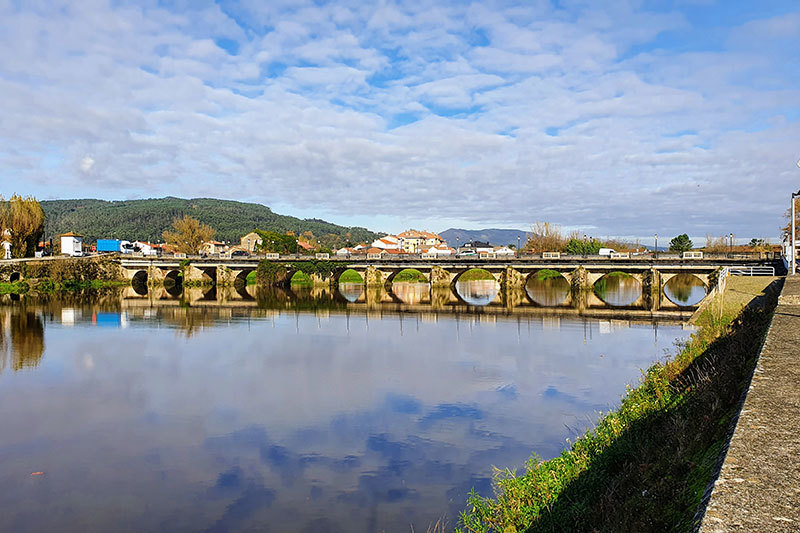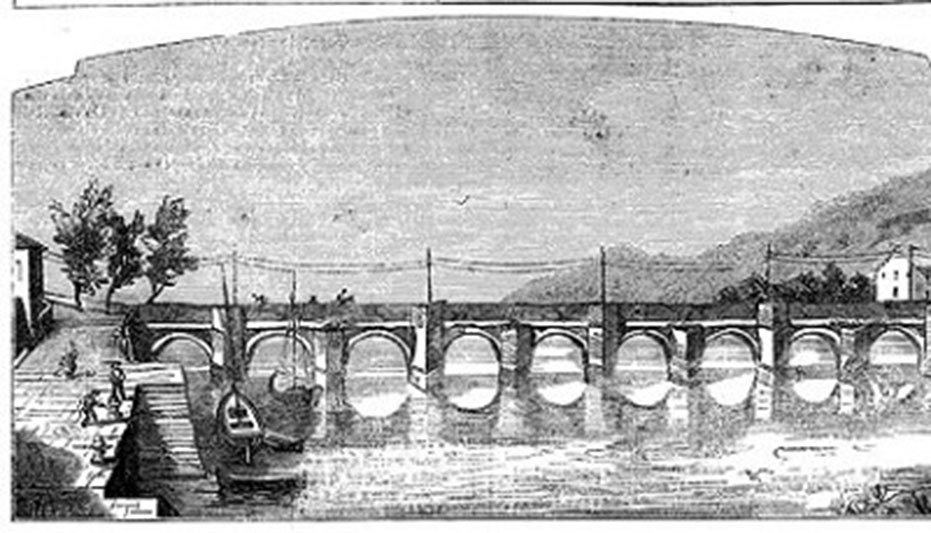The name Pontecesures could refer to the order for the construction of the bridge by a Caesar (Pons Caesaris), possibly Caesar Augustus, at a time of clear expansion of the Empire. Other theories point out that the real etymological root of the place name is in the word cessuris (for passers-by) or censuris; as this was the bridge on which the Roman census was carried out, which made it possible to control the number of inhabitants and the payment of taxes.
Since its construction almost two millennia ago, this magnificent bridge has been a key element in the development of the area and its historical importance as a link is beyond doubt.
Over its twelve visible arches runs the Via XIX, which linked Braga (Portugal) with Lugo and Astorga, vital for the socio-economic development of the area since Roman times, through the Middle Ages, until today.
Today it serves to unite the lands of Pontevedra and A Coruña, leading pilgrims on their way to Santiago and supporting the enormous flow of traffic on the N-550 on its structure; which gives an idea of its robustness and good state of conservation, partly thanks to the remodelling it has undergone, the most important being the one undertaken in the 12th century by Maestro Mateo.
Loaded with symbolism, certain mysticism and unrevealed secrets, its majestic silhouette has been, and continues to be, an immutable witness to the development of Pontecesures and its people.
Did you know that when the bridge was built, the river Ulla covered a much larger area and that the twelve arches we can see today are just a sample of a bridge whose real dimensions remain hidden?

